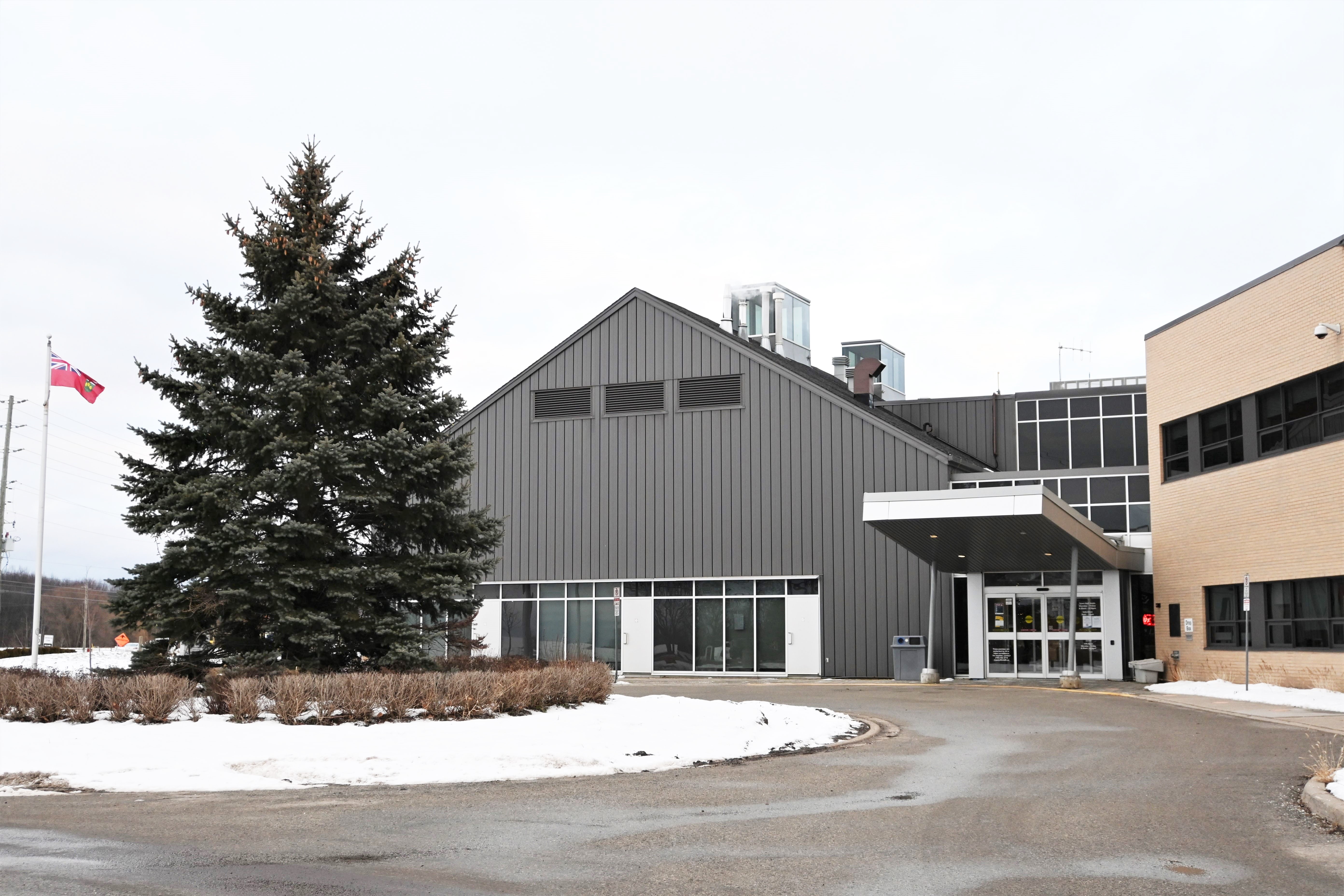Carson Creek Drain
The Town of Innisfil is currently in the process of improving the Carson Creek Drain. Created in 1961, this municipal drain collects water from more than 1,000 properties within the Town and directs it to Lake Simcoe.
Municipal drains are formed through partnerships between the municipality and landowners, who share costs and maintenance as per the Ontario Drainage Act.
Learn more about the improvements on Get Involved Innisfil
Watch the Carson Creek Drain Presentation
In a Notice of Public Meeting mailed to people with property in the watershed, we encouraged residents to watch a virtual presentation prepared by the engineer to learn more about the project.
Project stages
Discover the various project stages that will lead to the implementation of the necessary improvements to the municipal drain. View our staff report to Council, recommending the improvements.
Step one: Engineer's Report
In 2019, the Town appointed consultant R.J. Burnside to prepare an Engineer's Report outlining all the aspects on the proposed improvement project, including, but not limited to:
- Technical descriptions of the work required
- Estimate of the cost of the improvement work
- Estimated cost sharing amounts for all property owners within the watershed
- Maps of the area
- Drawings of the proposed improvements
As the consultant prepares the report, landowners will continue to receive notifications on the project stages. View the Town's Staff Report outlining the appointment of R. J. Burnside to undertake the work.
Drainage Inspection and Preliminary Watershed Plan
For more information on watershed boundaries, view our 2019 Carson Creek Inspection and Preliminary Watershed Plan.
Step two: Provisional By-law passed
Town Council will adopt a provisional by-law accepting the Engineer's Report.
Step three: Appeals are heard
Three separate bodies may hear appeals to the Engineer's Report based on the type of appeal brought forward. These include:
- Court of Revision (municipal level review)
- Hears appeals to the assessment values found in the report
- Tribunal (provincial level tribunal)
- Hears appeals to the Court of Revision's decision
- Hears appeals to the technical aspects of the report
- Drainage Referee (provincial level court)
- Hears appeals to the Tribunal's decision regarding technical aspects of the report
- Hears appeals to the legal aspects of the project
Step four: Final approval of the Engineer's Report
After all appeals have been addressed appropriately, Town Council must give the report final approval in order to authorize construction. This occurs via final reading of the project's by-law.
Step five: Tendering of the project
The Town puts the project out for tender 10 days after the by-law receives final approval. If tenders come in over the estimated cost provided in the report by 33% or more, our staff will notify property owners and hold a public meeting to help determine if the project should move forward.
Step six: Construction of the project
After an eligible bid is successfully chosen for the contract, construction will begin on drain improvements.
Step seven: Post-construction activities
After construction is finished, the Town will work to complete the project by:
- Amending the by-law to reflect actual costs
- Registering the by-law
- Applying for Ontario Ministry of Agriculture, Food and Rural Affairs (OMAFRA) grants on behalf of property owners
Council will make a decision about the manner and timeframe that property owners will have to remit payment for the project.
Step eight: Final appeal
If property owners find the work done by the contractor to be unsatisfactory, they can make appeals to the Tribunal.

